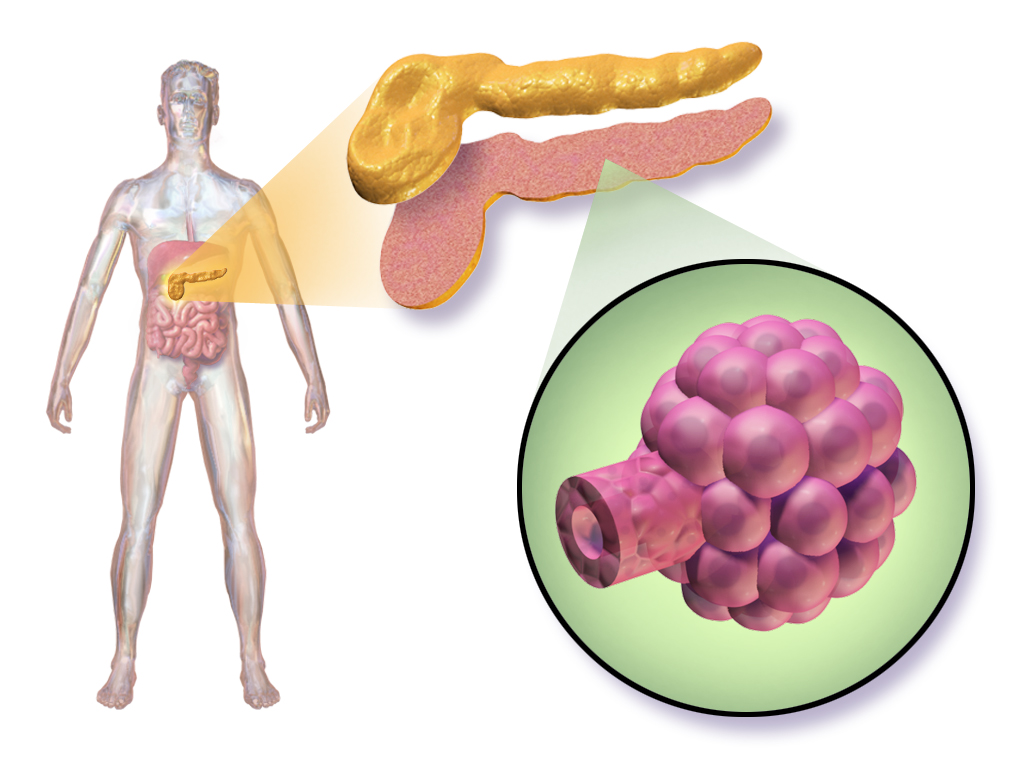Anyone who’s ever had a loved one spend time on a waiting list
For an organ transplant knows the true meaning of scarcity. While many generous people donate their organs to those in need every year, there still is not enough to go around.

Ideally, scientists would be able to cook up a vat of organs on a whim in their big, expensive laboratories and take care of everyone in need of an organ transplant; it just isn’t that simple — but don’t think they haven’t been trying.
While the bio-industry has pretty much cracked the egg of engineering simple tissue, the scientists’ biggest hurdle has been with larger, more crucial organs.
Researchers at Fraunhofer in Germany, where more than 11,000 people are on an organ transplant list, have been trying to solve this problem by creating artificial blood vessels that can support larger organs by using two unique technologies: 3D printing (usually used for fabricating quick prototypes in various manufacturing industries) and multiphoton polymerization.
While building small, delicate, and complex structures — like capillaries — has long seemed an impossible task, the rapid prototyping capabilities of 3D printing allow for pieces designed specifically to be compatible with any given 3D model.
By transferring this concept into the bioengineering field, scientists may be able to create these structures that have thus far proven elusive.
While 3D printing on its own isn’t quite precise enough to build a structure as complex as a capillary, this is where combining the process with multiphoton polymerization comes in. Laser impulses are used to stimulate molecules in a 3D model that’s been chemically bonded with UV radiation and evoke crosslinking molecules according to the specifications dictated by chemists involved with the research team; 3D printing creates the rough sketch, and multiphoton polymerization fills in the finer details.
Project manager Dr. Günter Tovar says: “We are establishing a basis for applying rapid prototyping to elastic and organic biomaterials. The vascular systems illustrate very dramatically what opportunities this technology has to offer, but that’s definitely not the only thing possible.”
The team will exhibit its findings at the Biotechnica Fair in Hannover, Germany on October 11-13.
Article Source: Transplant Demand to Be Solved by Printing Organs?.


